Complex Materials Scattering
Science Highlights

Scientists Develop New Type of Flexible, Eco-Friendly Electronic Plastic for Wearable Tech, Sensors
Tuesday, July 22, 2025
Researchers develop a safer type of plastic that can be used for wearable electronics, sensors, and other electrical applications.
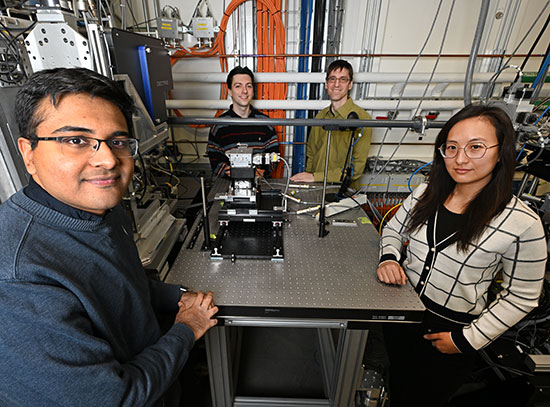
A VISION for an AI Lab Partner
Thursday, June 26, 2025
A team of scientists at the U.S. Department of Energy’s Brookhaven National Laboratory have dreamed up, developed, and tested a novel voice-controlled artificial intelligence (AI) assistant designed to break down everyday barriers for busy scientists.
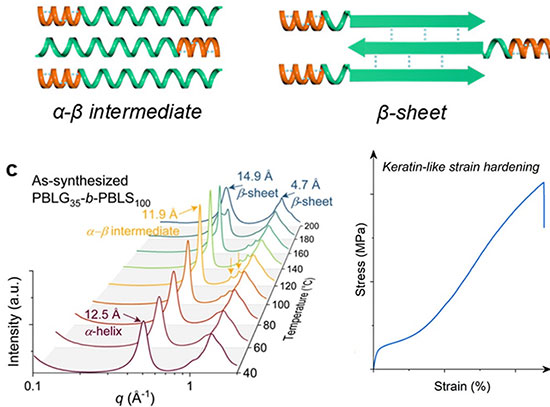
Learning from Nature to Make Stronger Synthetic Polypeptides
Wednesday, June 18, 2025
Researchers develop method leading to a flexible platform for developing next-gen polypeptide materials with tunable properties
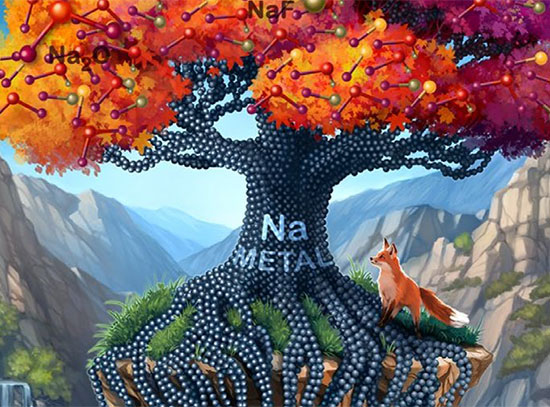
Studying the Chemistry of Sodium Metal Systems for Batteries
Wednesday, April 9, 2025
Sodium, which is cheap, abundant, and safer than other battery materials, could be key to developing next-gen batteries.
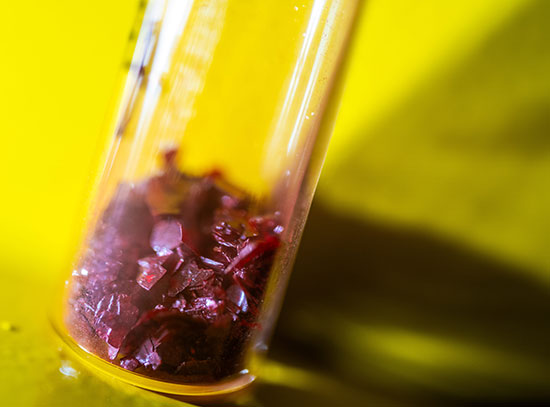
Rice Lab Achieves Major Gains in Perovskite Solar Cell Stability
Tuesday, June 25, 2024
Synthesis process boosts performance to near market-ready standards.
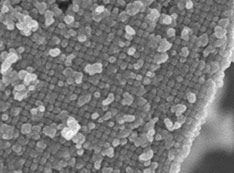
Hacking DNA to Make Next-Gen Materials
Wednesday, January 24, 2024
Scientists developed a universal method for producing a wide variety of functional, 3D metallic and semiconductor nanostructures.

Modified Soft Material Promises Better Bioelectronics
Friday, January 19, 2024
Researchers create thin film fiber networks that are transparent, flexible, stretchable, conductive, and biocompatible.
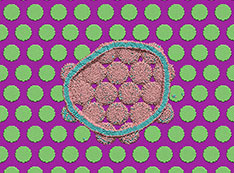
Scientists use ORNL's Summit Supercomputer to Learn How Cicada Wings Kill Bacteria
Monday, August 7, 2023
Over the past decade, teams of engineers, chemists and biologists have analyzed the physical and chemical properties of cicada wings, hoping to unlock the secret of their ability to kill microbes on contact. Researchers at Stony Brook University developed a simple technique to duplicate the cicada wing’s nanostructure, and used supercomputers at ORNL and tools at Brookhaven National Laboratory to learn how the nanopillars on its surface actually eliminate bacteria.
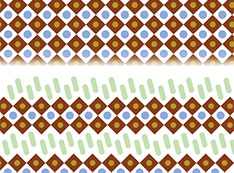
Cation Treatment Impacts Stability of Perovskite Solar Cells
Wednesday, December 14, 2022
Scientists discovered link between manufacturing process and performance.
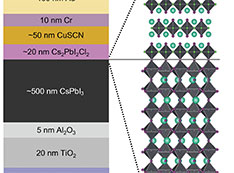
First Long-Lived Perovskite Solar Cells Developed
Wednesday, October 12, 2022
Scientists opened the pathway to potential commercialization.

Seeing More Deeply into Nanomaterials
Wednesday, April 13, 2022
New 3D imaging tool reveals engineered and self-assembled nanoparticle lattices with highest resolution yet—7nm—about 1/10,000 of the width of a human hair.
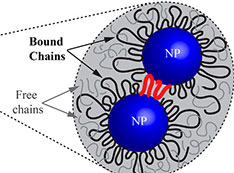
Building Bridges for Reinforcing Polymers
Thursday, September 30, 2021
Scientists reveal how a network of nanoparticles relates to the polymer’s behavior, opening the pathway to designer polymers
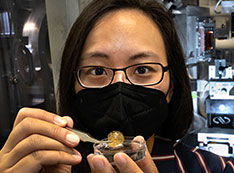
The Mystery of the Flexible Shell
Friday, September 10, 2021
Understanding how a marine animal’s shell dynamically adapts its mechanical properties could inform stimuli-responsive materials design.
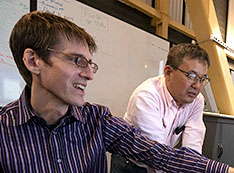
Automatically Steering Experiments Toward Scientific Discovery
Wednesday, July 28, 2021
Scientists have been developing an automated experimental setup of data collection, analysis, and decision making.
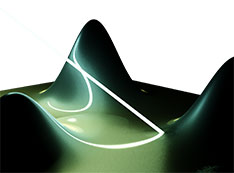
Berkeley Lab's CAMERA Leads International Effort on Autonomous Scientific Discoveries
Wednesday, July 28, 2021
The team’s autonomous method has been deployed at several x-ray and neutron scattering facilities.
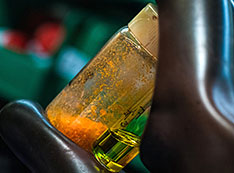
Solar Energy Collectors Grown From Seeds
Tuesday, June 29, 2021
Scientists used tiny pieces of 2-D crystals to grow stable, high-efficiency photovoltaic thin films.

Putting Functional Proteins in Their Place
Friday, June 25, 2021
Using DNA, scientists organized bioactive proteins in desired 2-D and 3-D ordered arrays—promising for structural biology, biomedicine, and more.
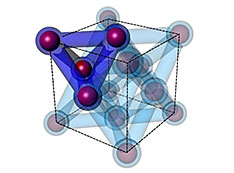
Building Tough 3D Nanomaterials with DNA
Friday, March 19, 2021
The materials can withstand harsh conditions, making them promising for electronics, energy, and other applications.
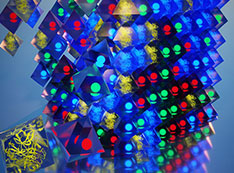
3D Nanomaterials Assembly via Material Voxels
Sunday, January 31, 2021
Using shape-programmable DNA frames, scientists established a new nanofabrication platform for directing nanomaterial components of different natures
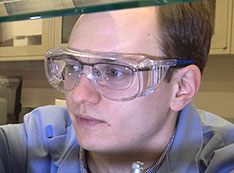
Exploring Blended Materials Along Compositional Gradients
Tuesday, November 24, 2020
A new platform could accelerate the development of blended materials with desired properties.
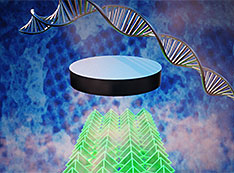
Making 3-D Nanosuperconductors with DNA
Tuesday, November 10, 2020
The tiny architectures, which can conduct electricity without resistance, could find application in quantum computers and sensors
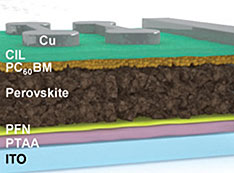
Stabilizing High-Efficiency Solar Cells
Wednesday, April 29, 2020
A new processing method helps the devices maintain their initial efficiency over time under continuous exposure to light or heat.
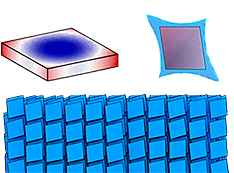
Understanding How to Tune Nanocrystal Architecture
Friday, January 31, 2020
New insights on tuning nanocrystals can improve applications such as filtration, wear resistance, and future quantum materials
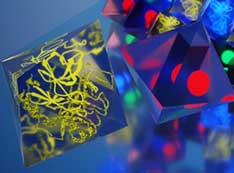
Nano-objects of Desire: Assembling Ordered Nanostructures in 3-D
Monday, January 13, 2020
A new DNA-programmable nanofabrication platform organizes inorganic or biological nanocomponents in the same prescribed ways.
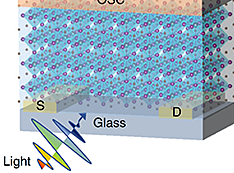
Bringing to Light: Dynamics in Phototransistors
Saturday, November 30, 2019
Scientists designed and investigated a new tunable phototransistor with promising properties
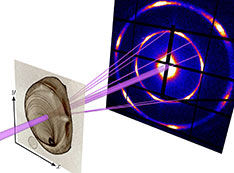
Smarter Experiments for Faster Materials Discovery
Monday, September 30, 2019
Scientists created a new AI algorithm for making measurement decisions; autonomous approach could revolutionize scientific experiments
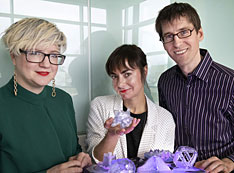
Transforming Advanced Nanoscience Data into Interactive Art
Monday, July 29, 2019
A scientist, an artist, and a computer music professor combined 3-D printing, sound, and virtual reality to represent nanoscience data.
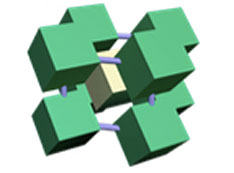
Nanoscale Sculpturing Leads to Unusual Packing of Nanocubes
Friday, May 17, 2019
Brookhaven and Columbia scientists found that cubic nanoparticles surrounded by thick DNA shells pack in a never-before-seen “zigzag” pattern.
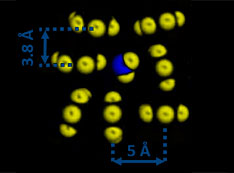
Illuminating Desalination Membranes
Sunday, March 31, 2019
Researchers revealed the molecular structure of membranes used to purify seawater into drinking water by using ultrabright x-rays

Top 10 Discoveries of 2018
Monday, January 7, 2019
From uncovering mysteries of the universe to building better batteries, here are Brookhaven Lab’s top 10 discoveries of 2018.
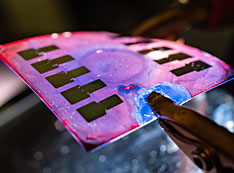
Rice Engineers Give Organic Photovoltaics New Properties
Thursday, November 8, 2018
Researchers at Rice University have developed flexible organic solar cells.
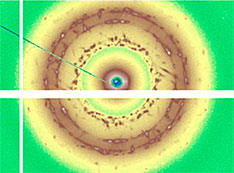
Fundamental Order of Transitions Revealed in Micelles
Tuesday, July 31, 2018
Complementary beamlines at NSLS-II provide high-resolution data for fundamental research
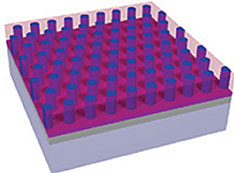
Engineering the Self-Assembly Pathway
Wednesday, January 31, 2018
Researchers engineer new pathways for self-assembled nanostructures
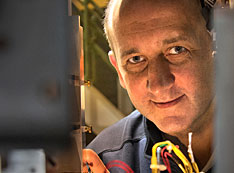
Nanoscientists Develop New Material with Controllable Pores
Monday, December 4, 2017
Scientists at the University at Buffalo have synthesized a new material with nanoscale, controllable pores. They analyzed the material’s structure at the National Synchrotron Light Source II, using a beamline built in partnership with the Center for Functional Nanomaterials.




